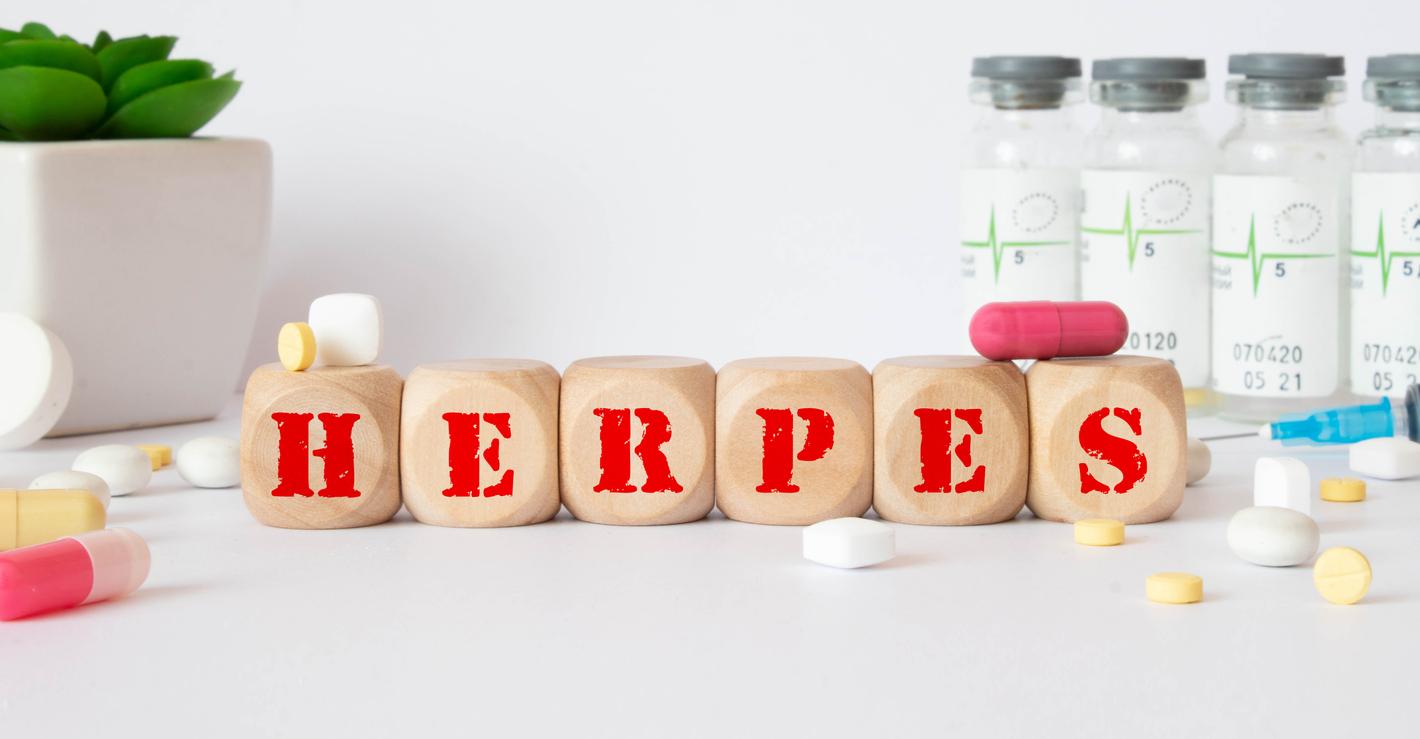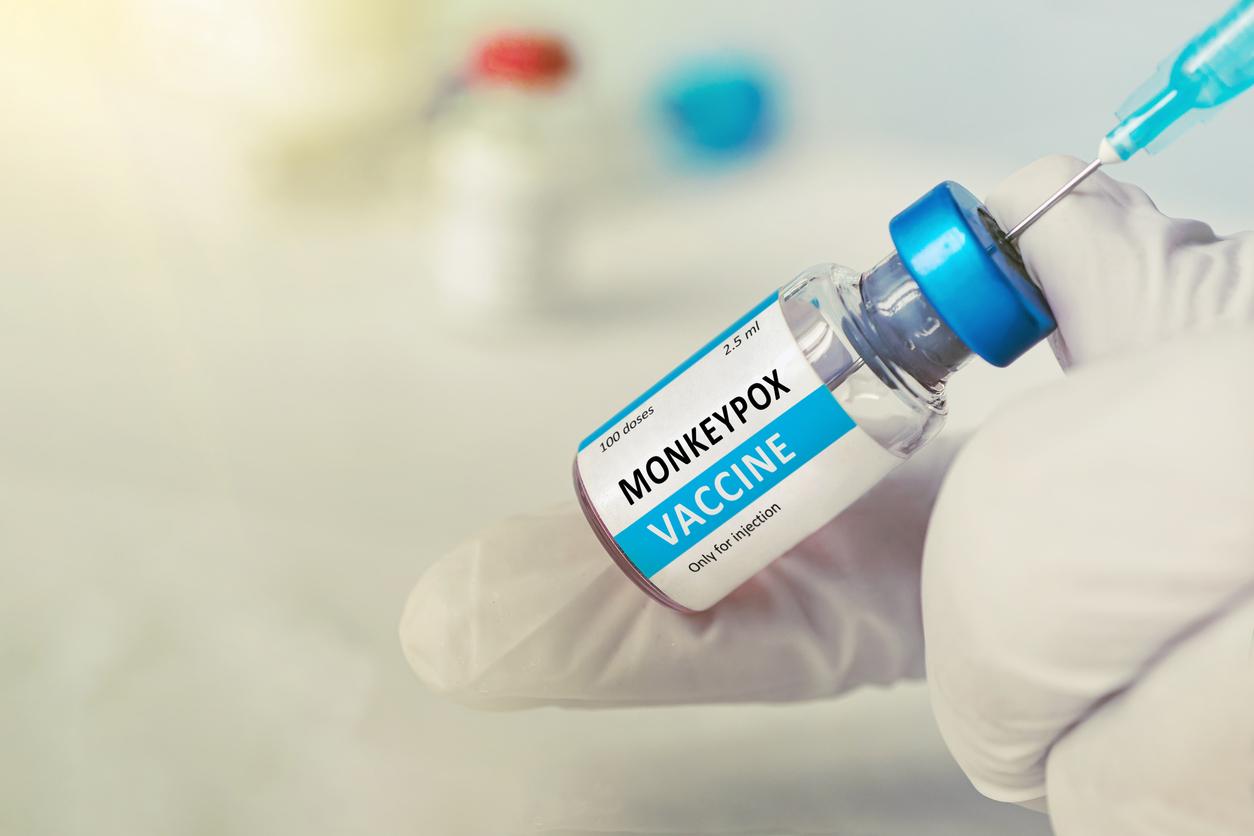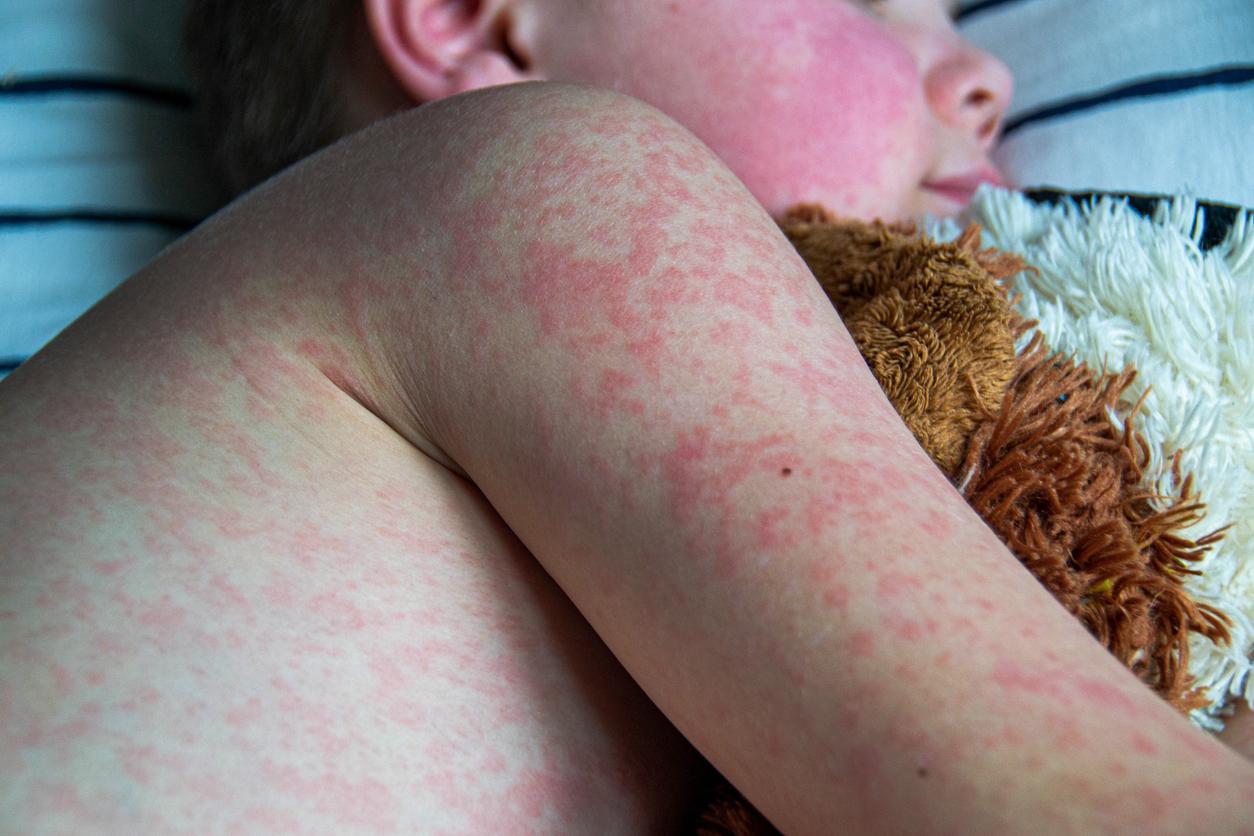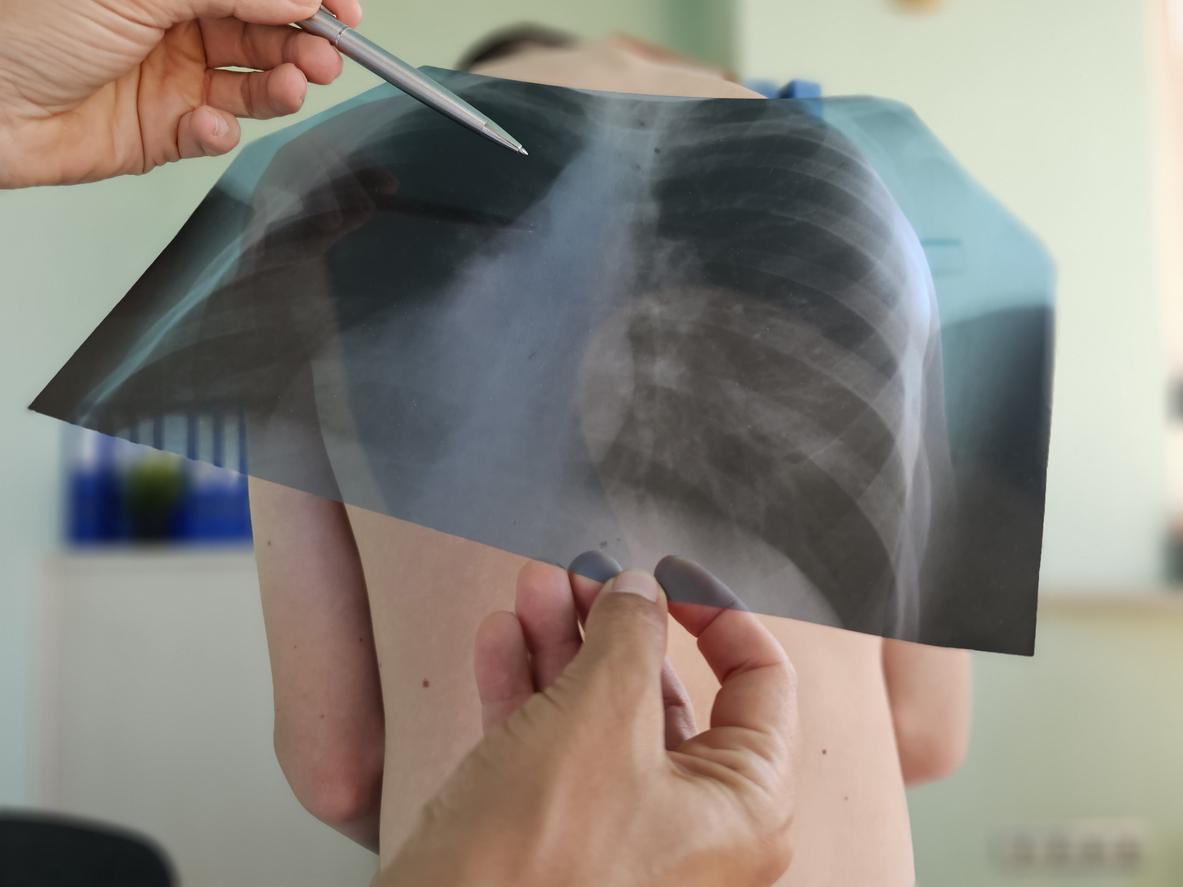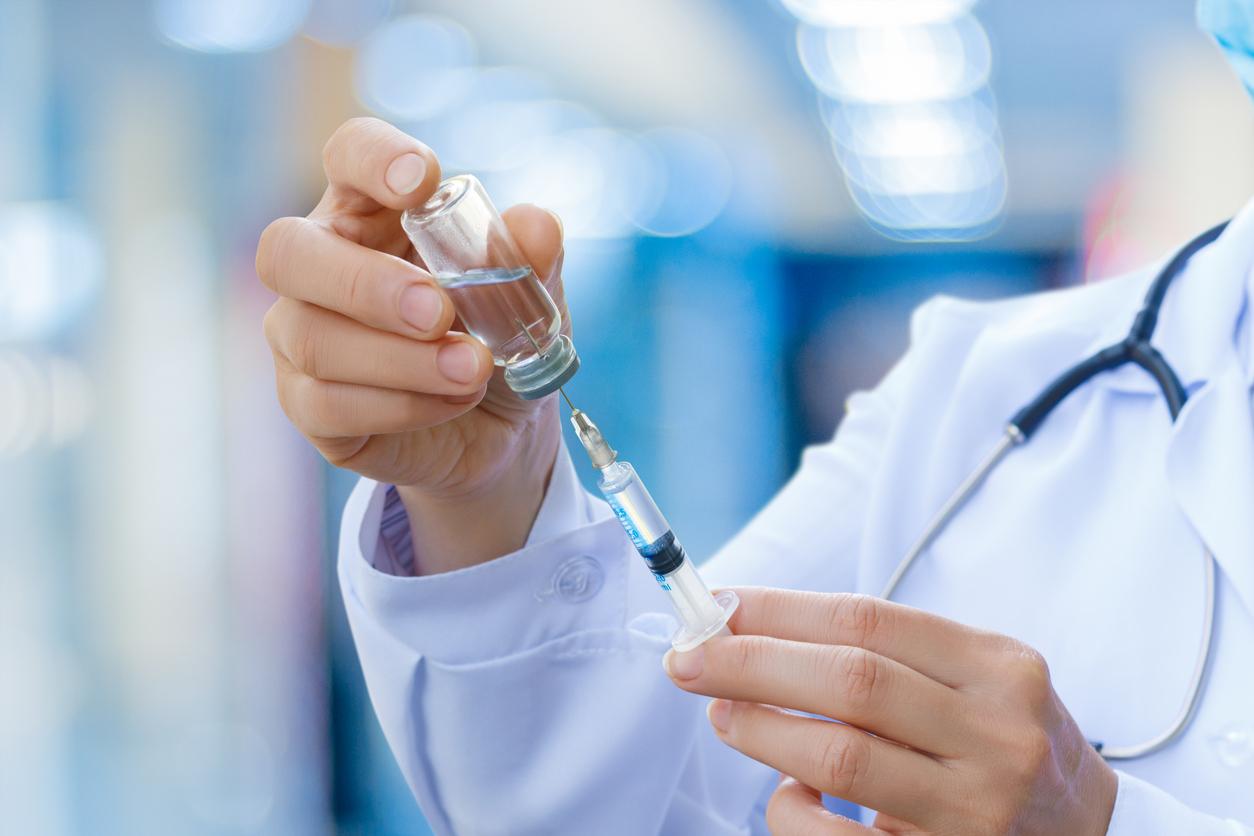The global tuberculosis epidemic remains difficult to control. To successfully eradicate it by 2030, WHO calls on all countries to step up prevention and care for patients.

While 3 million people with tuberculosis were saved in 2015, this scourge is much larger than expected, warns a report from the World Health Organization (WHO) released on Thursday.
Countries that had pledged to reduce the number of deaths by 90% and the number of new cases by 80% by 2030 must therefore step up their fight against tuberculosis, says the UN agency.
“We have to fight an uphill battle to meet the global targets for tuberculosis,” said Dr Margaret Chan, WHO Director-General. We must redouble our efforts or countries will continue to chase after this deadly epidemic and fail to meet these ambitious goals ”.
Stable since 2014
If the WHO is serious, it is because the new data are not reassuring. With 10.4 million new cases in 2015, the prevalence of tuberculosis is higher than in 2014. More than 60% of them are concentrated in just 6 countries: India which bears the greatest toll, the ‘Indonesia, China, Nigeria, Pakistan and South Africa.
Likewise, mortality does not seem to show a decrease. In 2015, 1.8 million people died from this infectious pathology that attacks the lungs, more than 300,000 more than in 2014. And although in 15 years, the death toll has fallen by 22 %, tuberculosis remains one of the deadliest diseases, ahead of AIDS and malaria.

Fight resistant forms
Behind these dizzying figures hides the new stake in the fight against tuberculosis: multidrug-resistant forms. Some 480,000 patients have contracted tuberculosis resistant to the most effective standard anti-tuberculosis drugs, particularly in India, China and Russia, which account for more than half of the cases. But only one in five has been able to benefit from second-line treatments, contributing to low cure rates of around 50%.
Failures that could be due to the lack of investment in the prevention and management of tuberculosis. For low-income countries, the WHO estimates it needs $ 8.3 billion in 2016, but it still lacks $ 2 billion. By 2020, there could be a shortfall of $ 6 billion in investment, according to the agency.
“The dismal progress in the response to tuberculosis is a tragedy for millions of people,” said Dr Mario Raviglione, director of the global tuberculosis program at WHO. To save more lives now, we must use new rapid tests and treatments for those in need. Current actions and investments are far from sufficient. The world has finally realized the threat of antimicrobial resistance, now is the time to step up the fight against multidrug-resistant tuberculosis ”.
.









